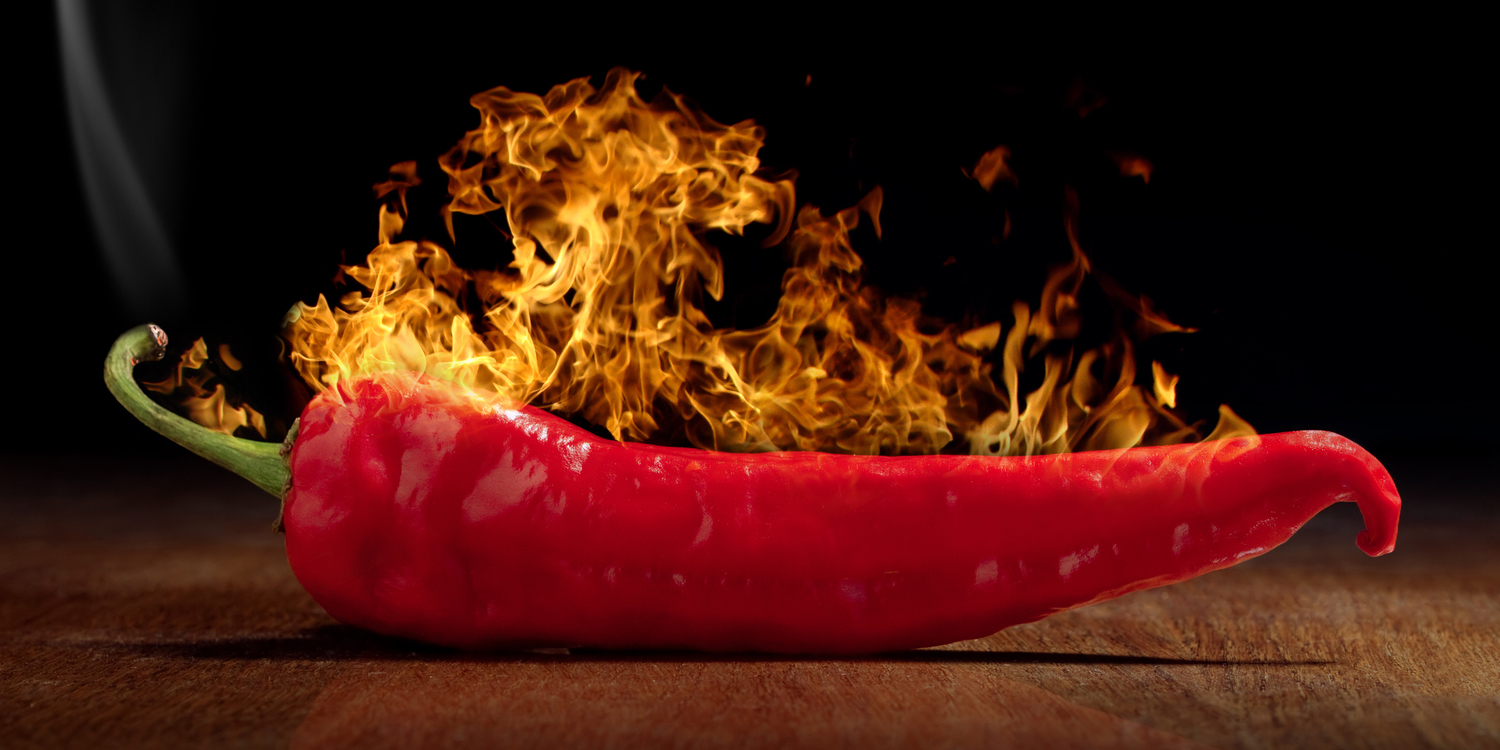Take Care With Capsaicin
Turn up the heat with this healthy herb.
Who doesn’t love the tasty heat of a spicy salsa or curry? The same heat that fires up a bowl of chili is also a therapeutic botanical. A rich source of carotenoids as well as vitamins A and C, the seeds and flesh of chili peppers also contain capsaicin, a phytochemical used historically to stop everything from asthma to ulcers. It’s easy to see why the International Herb Association has named multipurpose Capsicum spp (peppers) as the Herb of the Year for 2016. Here are just a few of capsaicin’s many healing qualities.
Topical formulations
Cream or ointment containing capsaicin can be applied directly to the skin to help relieve pain. It’s not yet clear exactly how capsaicin works to block pain, but it is thought that heat from the capsaicin stimulates the pain signals in the body, thus blocking communications between the nerves and pain receptors.
Capsaicin cream has been used to reduce the pain associated with arthritis, neuralgia (nerve pain), and lower back pain. Creams usually contain 0.025 or 0.075 percent capsaicin. A high-concentration patch (eight percent capsaicin) is also available, and clinical trials suggest that a single one-hour session with the patch produced pain relief for up to 12 weeks.
Topical capsaicin creams can cause local burning, though the sensation does tend to decrease over time. It can also cause some skin sensitivity, so sunlight exposure should be avoided after application.
Supplements
Fresh chili peppers are linked to lower risks of dying from many chronic diseases, including cancer, heart disease, and Type 2 diabetes. They may also aid weight loss: A 2013 study of 37 overweight adults found that those who supplemented with bioactive ingredients including capsaicin experienced a significantly greater increase in satiety compared to a placebo group. Research has also linked regular intake of cayenne to a reduction in insulin levels. Some clinical trials also showed that caloric intake and appetite decreased, while metabolism increased, in subjects who supplemented with cayenne.
Dietary consumption of cayenne pepper is considered safe, so if you’re a fan of spicy heat there should be no adverse effects from adding more of it to your diet. It may, however, exacerbate symptoms of gastric reflux (GERD) or some ulcers. Cayenne pepper may also interfere with some blood-pressure medications and MAO inhibitors, so it’s a good idea to consult your healthcare practitioner before supplementing.
“Acute Effect on Satiety . . . of a Combination of Bioactive Food Ingredients in Overweight Subjects” by M. Rondanelli et al., J Am Coll Nutr, 2013
“Capsaicin – Topic Overview,” www.WebMD.com, 11/14/14
“Eating Spicy Food Linked to a Longer Life” by Nicholas Bakalar, The New York Times, http://well.blogs.NYTimes.com, 8/4/15
“Topical Capsaicin (High Concentration) for Chronic Neuropathic Pain in Adults,” by S. Derry et al., Cochrane Database Syst Rev, 2/28/13
“Topical Capsaicin for Pain Management: Therapeutic Potential and Mechanism of Action of the New High-Concentration Capsaicin 8% Patch” by P. Ananad and K. Bley, Br J Anaesth, 10/11
“The Two Faces of Capsaicin” by A.M. Bose and Z. Dong, Cancer Res, 4/15/11

